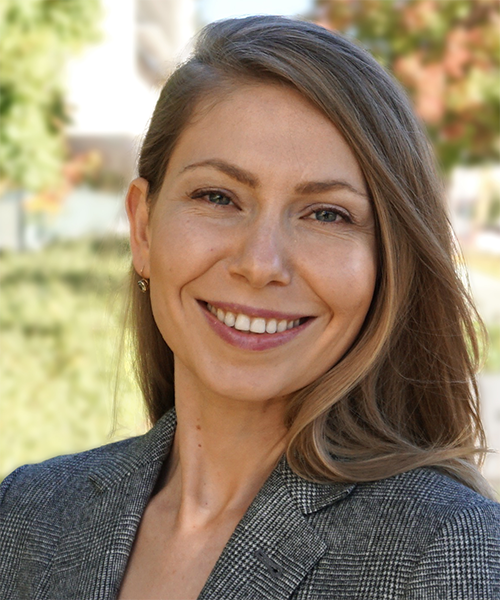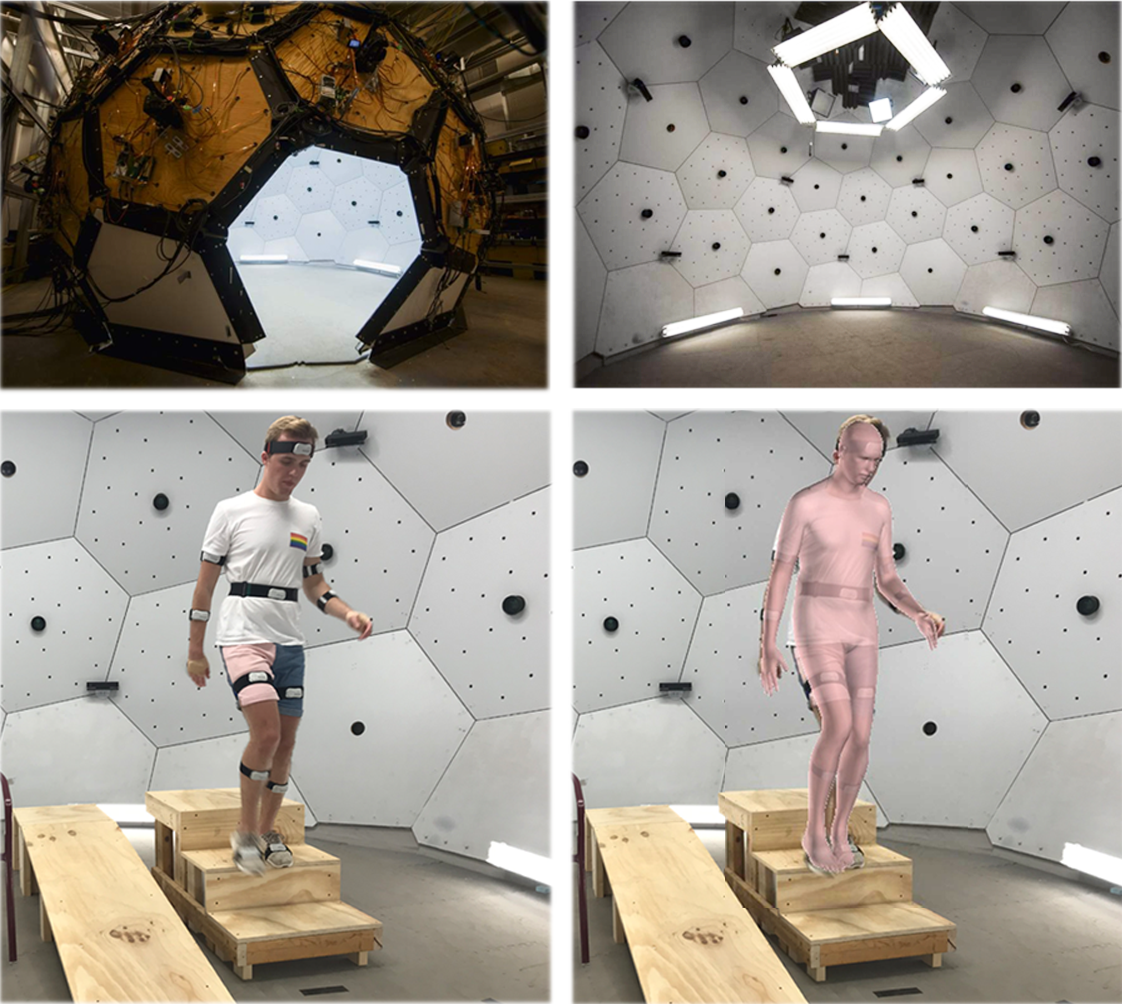
Dr. Eni Halilaj
Associate Professor, Mechanical Engineering, Biomedical Engineering, and Robotics
- Scaife Hall 312
- 412-268-2183
- 412-268-3348
Scaife Hall 312
Carnegie Mellon University
5000 Forbes Avenue
Pittsburgh, PA 15213
Education
- B.S., Engineering and Italian Studies, Brown University, 2008
- Ph.D., Biomedical Engineering, Brown University, 2015
- Postdoctoral Fellowship, Stanford University, 2015 - 2018
Bio
I am a biomechanist who specializes in orthopaedic rehabilitation. At Carnegie Mellon, I direct the Musculoskeletal Biomechanics Lab, an interdisciplinary group of mechanical engineering, bioengineers, and computer scientist seeking to improve mobility in individuals affected by musculoskeletal injuries and diseases. Prior to joining Carnegie Mellon in Fall 2018, I was a postdoctoral fellow at Stanford’s Neuromuscular Biomechanics Lab and the National Center of Excellence on Mobility Big Data Integration to Insight. I completed my undergraduate and graduate studies at Brown University, where I was part of the Orthopaedic Bioengineering Lab (Biomedical Engineering) and the Visualization Research Lab (Computer Science).
Research
The human musculoskeletal system is a remarkable engineering system that enables voluntary movement with inherent ease in healthy individuals. Yet, its complexity makes it difficult to understand and treat many mobility limitations. In our lab, we study musculoskeletal biomechanics in the context of injury and disease using motion capture, medical imaging, and computational modeling. Our ultimate goal is to integrate insights from our experimental and computational work in the development of effective rehabilitation strategies aimed at restoring and preserving pain-free mobility throughout the lifespan.
Specifically, we focus on the following areas:
- Mechanics of Human Movement: Joint mechanics plays a significant role in the etiology and progression of musculoskeletal injuries and diseases. Our objective is to identify mechanical risk factors upon which we can act to modify or prevent pathology.
- Natural Environment Biomechanics: Recent advances in computer vision and wearable sensing offer untapped potential for movement analysis in natural environments, but the effectiveness of these technologies in estimating movement biomechanics within clinically tolerable errors is still limited. To address the shortfalls of current algorithms, we are working on new approaches for estimation of clinically relevant outcomes from wearable sensors and video.
- Precision Rehabilitation: Injury prevention programs, disease-modifying interventions, and rehabilitation in orthopaedics currently require significant time investment from patients and medical staff, yet are not tailored to each patient. We use insights from our experimental and computational studies to design new personalized interventions assisted by portable technologies.
Research Interests: musculoskeletal biomechanics, medical imaging, computational modeling, wearable sensing, machine learning

Awards and Recognition
- Dean’s Early Career Fellowship
- George Tallman Ladd Research Award
- NSF CAREER Award
- NIH K12 Career Development Scholarship
- Donald L. and Rhonda Struminger Faculty Fellow in Mechanical Engineering
- American Society of Biomechanics Early Career Achievement Award
- NIH Director’s New Innovator Award Finalist
- NIH/NIAMS Loan Repayment Program Award
- NIH Big Data to Knowledge Distinguished Postdoctoral Fellowship
- Jumpstart Award for Excellence in Research at Stanford University